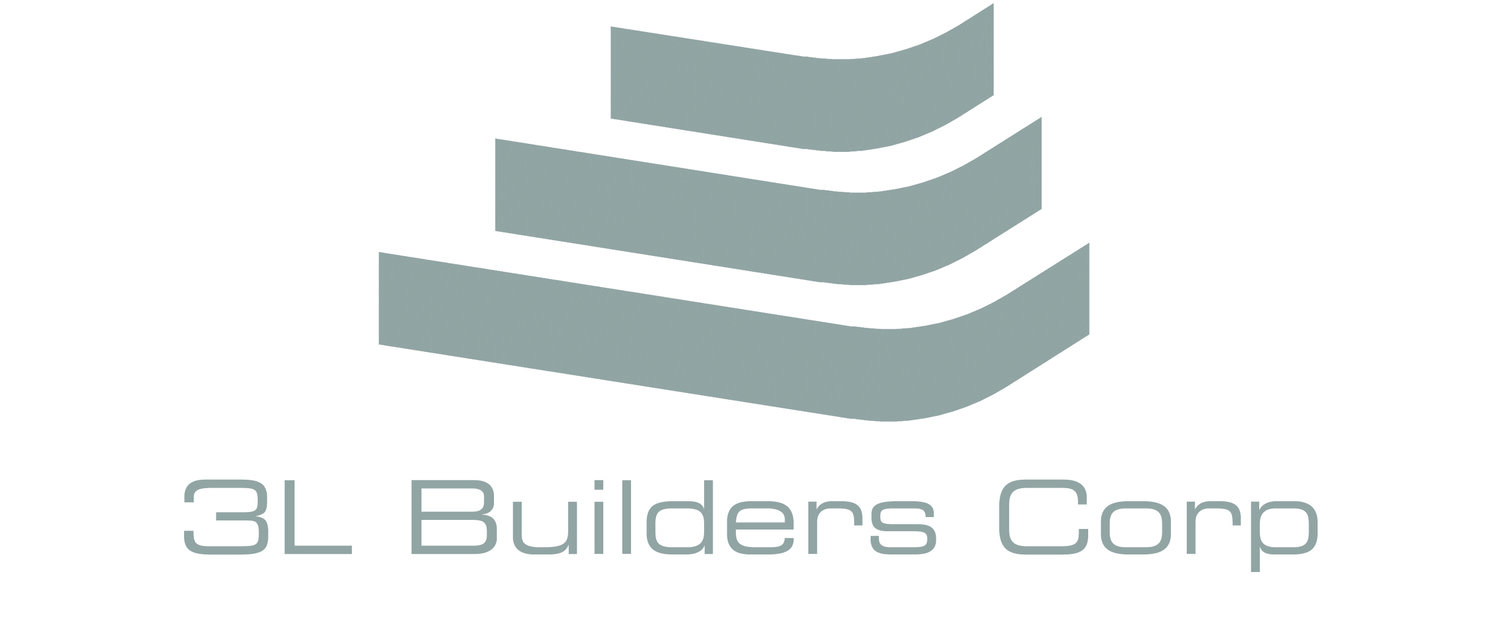Preparing and Writing Specifications: Defining the Blueprint Beyond Drawings
In the world of architecture, engineering, and construction, visual representations such as blueprints and technical drawings play a crucial role in illustrating the spatial layout and overall design of a project. However, while these drawings offer a comprehensive view of dimensions, placements, and relationships between elements, they often lack the depth needed to communicate the full scope of a project's requirements. This is where specifications come into play.
Specifications are detailed, written documents that act as a critical companion to construction drawings. They fill in the gaps by describing the materials to be used, the standards of workmanship expected, the required performance levels, and the methods of installation or application. These documents help define the “what,” “how,” and “how well” aspects of a construction project—covering everything from the type of concrete mix and insulation R-value to the durability of finishes and compliance with specific codes or environmental standards.
In essence, specifications transform the architect’s or engineer’s vision into actionable guidelines, ensuring that every detail is executed to meet the intended quality and functionality. They also provide a common language among all project stakeholders—owners, designers, contractors, suppliers, and inspectors—promoting clarity, consistency, and accountability across all phases of construction. Without specifications, even the most well-drafted drawings can leave room for interpretation, increasing the risk of errors, delays, and disputes. Thus, specifications are not just helpful—they are essential for the successful execution and delivery of any construction project.
What Are Specifications?
Specifications, often referred to as “specs,” are comprehensive written descriptions that define the scope of work, the specific materials and products to be used, the installation techniques, and the performance and quality standards that must be met in a construction project. Unlike visual drawings, which primarily communicate the physical layout and design intent, specifications delve into the finer details that cannot be effectively illustrated graphically—such as the composition of a particular material, the tolerances allowed for installation, or the exact standards for testing and approval.
These documents serve as a critical reference point for everyone involved in the construction process, including architects, engineers, contractors, subcontractors, and inspectors. When accurately and thoroughly prepared, specifications help to minimize uncertainty and reduce the chances of misinterpretation. They establish clear expectations and responsibilities, making it easier for project teams to deliver consistent quality across all aspects of construction.
Moreover, well-written specifications act as a safeguard for design integrity, ensuring that the finished product aligns closely with the original vision of the design professionals. They also support legal and contractual clarity by providing objective criteria for evaluating compliance and resolving disputes. Ultimately, specifications are a vital tool for translating complex project requirements into actionable guidelines, helping to streamline execution and contribute to the overall success of a construction project.
Types of Construction Specifications
Prescriptive Specifications
Define exact materials, products, and installation methods to be used.
Provide little flexibility but ensure predictable results.
Performance Specifications
Focus on the outcome rather than specific materials or methods.
Allow contractors to choose products and methods that meet defined performance criteria.
Proprietary Specifications
Call for a specific brand or product.
Often used when unique performance or aesthetic results are required.
The Specification Writing Process
Understand Project Requirements
Collaborate with architects, engineers, and clients to identify needs.
Review drawings, codes, and regulations.
Research Materials and Standards
Compare manufacturers, test data, and performance standards.
Ensure all choices comply with local and international codes.
Structure the Document Clearly
Organize specifications by divisions (per CSI MasterFormat).
Use clear, concise language to avoid misinterpretation.
Coordinate With Drawings
Ensure specs and drawings align to prevent conflicts during construction.
Review and Revise
Perform multiple reviews with stakeholders.
Update specs throughout the project lifecycle as needed.
Best Practices in Writing Specifications
Use consistent terminology and avoid vague terms.
Be objective and factual; avoid overly complex language.
Clearly define the responsibilities of each party.
Incorporate quality assurance and testing requirements.
Include sustainable and safety standards when applicable.
Importance of Well-Prepared Specifications
Reduce Miscommunication – Provide clarity to contractors and suppliers.
Support Legal Agreements – Serve as part of contractual documents.
Ensure Compliance – Align with codes, regulations, and performance criteria.
Control Costs and Schedule – Reduce costly change orders and delays.
Conclusion
Writing specifications is a critical task that requires precision, collaboration, and thorough technical knowledge. Specifications ensure that all elements of the project are clearly defined and understood, paving the way for high-quality construction outcomes. When properly prepared, they are a powerful tool for managing expectations, achieving compliance, and ensuring project success.


